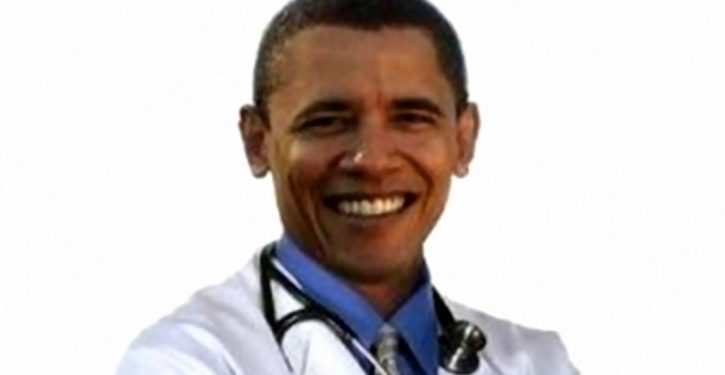
“The Centers for Disease Control and Prevention has announced the largest increase in the infant mortality rate in the U.S. in two decades. According to the report released Wednesday, Nov. 1, the infant mortality rate in the U.S. rose 3% in 2022, after declining for years,” reports Straight Arrow News. There were 20,538 infant deaths in 2022, compared to only 19,928 infant deaths in 2021.The CDC said white and Native American infants, infant boys, and babies born at 37 weeks or earlier saw significant death increases. The U.S. Infant Mortality Rate rose “from 5.44 to 5.6 infant deaths per 1,000 live births. By contrast, the infant mortality rate is only 2 per thousand live births in Japan, Estonia, and San Marino, and only 1 per thousand in Monaco
Americans also have lackluster lifespans. U.S. life expectancy is now 76.4 years, compared to 78.84 years back in 2014. Americans’ life spans are as short now as they were back in the 1990s.
People can now expect to live two years less than they would have back in 2014, when the core elements of Obamacare went into effect.
Americans’ health has thus been deteriorating even as the provisions of Obama’s healthcare law — the Affordable Care Act — were supposed to have been helping. Life expectancy fell in 2015, for the first time in many years. As ABC News warned at the time, “A decades-long trend of rising life expectancy in the U.S. could be ending: It declined last year and it is no better than it was four years ago.”
The Economic Policy Journal predicted in 2012 that “life expectancy will decline under Obamacare.” In 2009, the dean of Harvard Medical School, Jeffrey Flier, predicted that Obamacare would cost lives by harming life-saving medical innovation. In 2013, two doctors wrote in The Wall Street Journal that Obamacare is “bad for your health,” and would hamper medical innovation by driving down investment in medical devices.
Architects of Obamacare claimed that its expansion of Medicaid would save lives. But despite its enormous cost of billions of dollars annually, expanding Medicaid does little to improve health outcomes for recipients. As Bloomberg News’ Megan McArdle noted, expanded Medicaid eligibility in Oregon had “no impact on objective measures of health” for recipients. As a study in the New England Journal of Medicine noted, “Medicaid coverage generated no significant improvements in measured physical health outcomes in the first 2 years,” even though “it did increase use of health care services.”
Obamacare’s architects claimed it would not increase the budget deficit, despite its huge cost, because the healthcare law contained provisions largely nationalizing the student loan industry, to generate more revenue for the government. But the Biden administration used its control over student loans to write off $519 billion in student loans, at taxpayer expense, in Biden’s August 2022 student loan forgiveness plan. That $519 billion was to be added to the budget deficit, causing America’s national debt to skyrocket. Biden also made changes to the income-driven repayment program that could increase the cost of his student-loan plan to over $1 trillion. The Supreme Court blocked Biden’s original attempt to write off over $500 billion in student loans, finding he lacked the authority to issue blanket forgiveness of student loans. But after it did so, Biden just came up with an alternative plan to forgive hundreds of billions in loans, which is expected to go into effect next year. Court challenges are also expected to be brought against it.
Biden’s separate plan to increase costs to taxpayers by $500 billion or more through changes to the income-driven repayment program remains fully in effect.
Obamacare supporters claimed that by “nationalizing the student lending industry…Obamacare would raise $58 billion in revenue over a decade,” notes the Washington Examiner. But it didn’t. Student loans had become a money-loser, even before Biden tried to forgive any student loans at taxpayer expense. As Ben Johnson of the Acton Institute notes, a “Government Accountability Office (GAO) report released in July [2022] found the Department of Education predicted that student loans would generate $114 billion for the federal government; they instead lost $197 billion — a $311 billion error, mostly due to incorrect analysis.”



